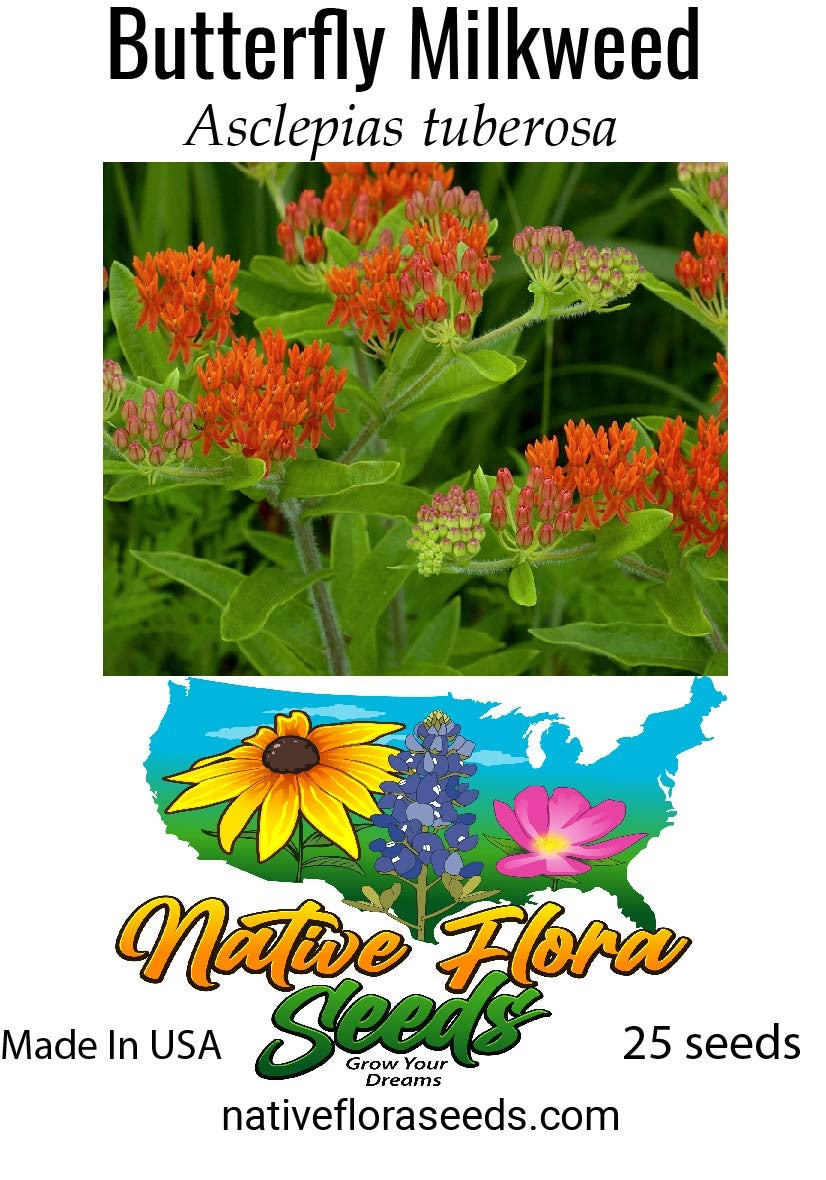Are you looking to attract beautiful butterflies to your garden? Planting milkweed in the fall is a great way to support these delicate creatures and contribute to their conservation. In this blog post, we will explore the benefits of planting milkweed in the fall and how it can help butterfly populations thrive.
Why should you plant milkweed in the fall?
Planting milkweed in the fall provides numerous advantages for both the plants and the butterflies. Fall planting allows the milkweed seeds to undergo a process called stratification, which is essential for their germination. Stratification occurs when the seeds are exposed to cold temperatures, mimicking the natural winter conditions. This cold treatment breaks down the seed coat, allowing water and oxygen to penetrate and trigger germination in the spring.
How does planting milkweed benefit butterflies?
Milkweed is the primary food source for monarch butterfly caterpillars. By planting milkweed in your garden, you provide a vital habitat and food source for these beautiful creatures. Monarch butterflies rely on milkweed plants to lay their eggs and for their caterpillars to feed on. Without milkweed, monarch populations decline, and their incredible migration may be at risk.
What are the different types of milkweed?
There are several species of milkweed that you can plant in your garden. Common milkweed (Asclepias syriaca) is a popular choice, known for its large pink flowers and ability to attract a wide variety of butterflies. Butterfly milkweed (Asclepias tuberosa) is another excellent option, with its vibrant orange flowers and preference for well-drained soil. Swamp milkweed (Asclepias incarnata) thrives in moist conditions and is a favorite of monarch butterflies.
Butterfly Milkweed: The Perfect Choice
If you want to make a significant impact on butterfly populations, consider planting Butterfly Milkweed (Asclepias tuberosa). This native perennial is not only beautiful but also highly beneficial to butterflies. Its vibrant orange flowers attract not only monarchs but also other butterfly species, such as swallowtails and fritillaries.
Butterfly Milkweed is easy to grow and requires minimal maintenance. It prefers full sun and well-drained soil, making it suitable for a wide range of garden settings. By planting Butterfly Milkweed, you are not only creating a stunning garden display but also providing essential resources for butterflies.
Support Butterfly Conservation Today!
If you want to contribute to butterfly conservation and create a butterfly-friendly garden, consider purchasing Butterfly Milkweed. Native Flora Seeds offers high-quality Butterfly Milkweed seeds that are perfect for fall planting. By planting Butterfly Milkweed, you are taking a step towards preserving these beautiful creatures and their habitats.
To purchase Butterfly Milkweed seeds, visit Native Flora Seeds and start making a difference in your garden today!

Leave a comment